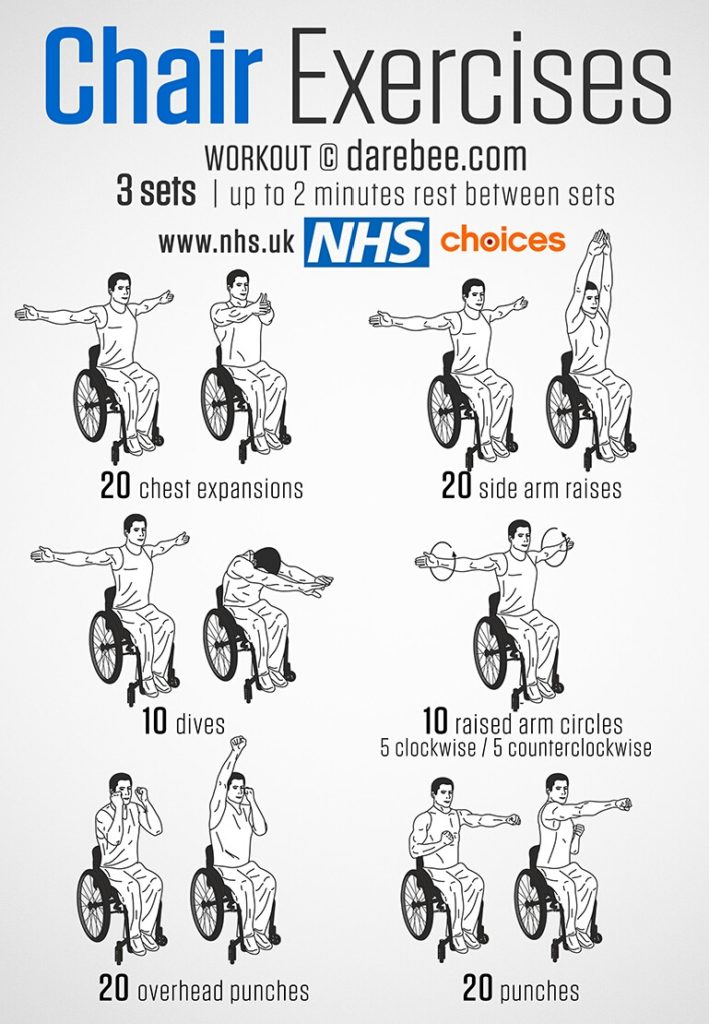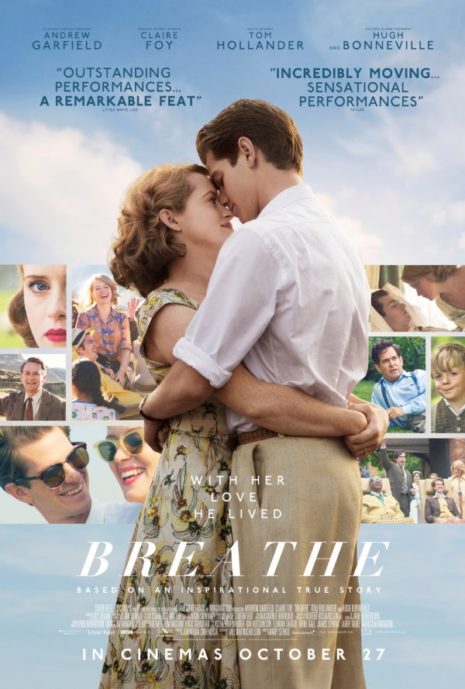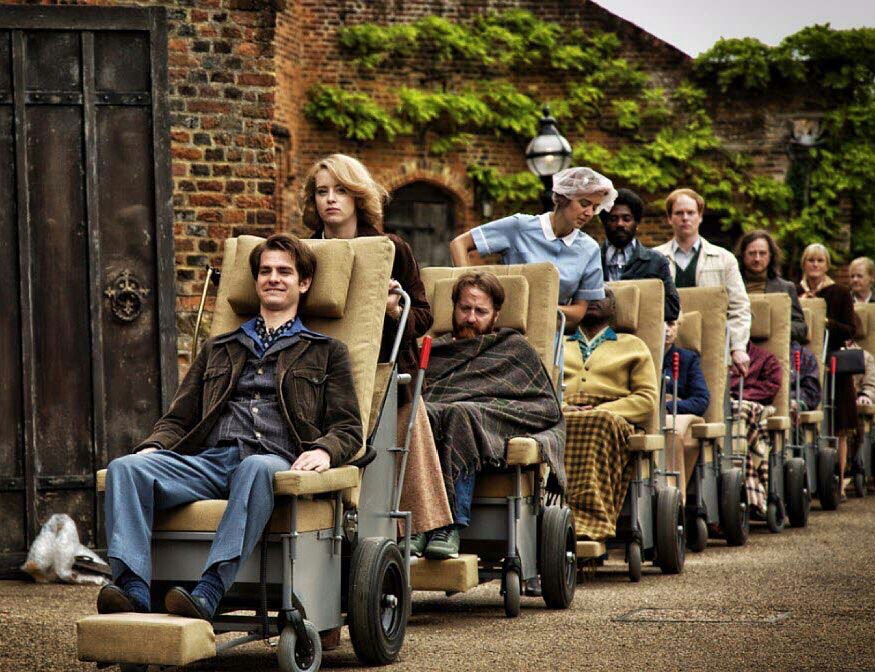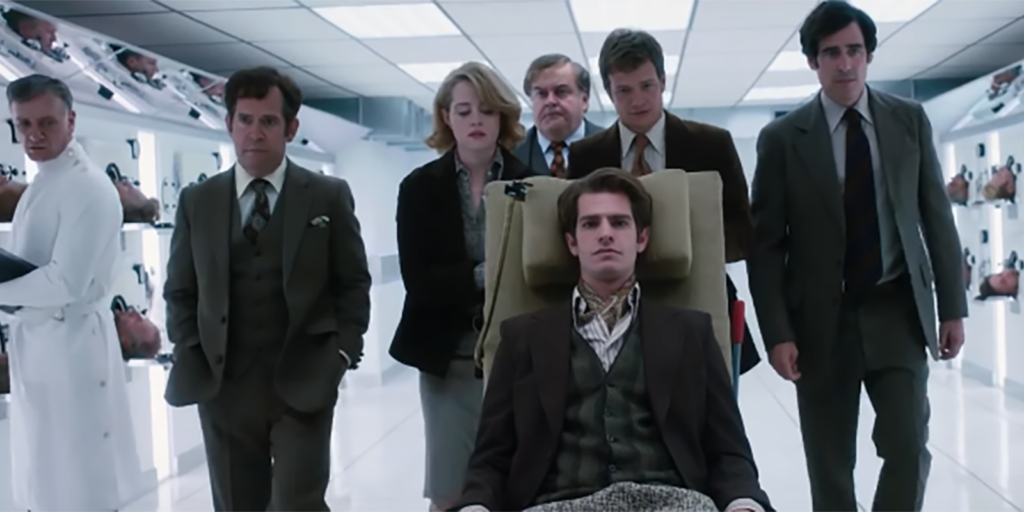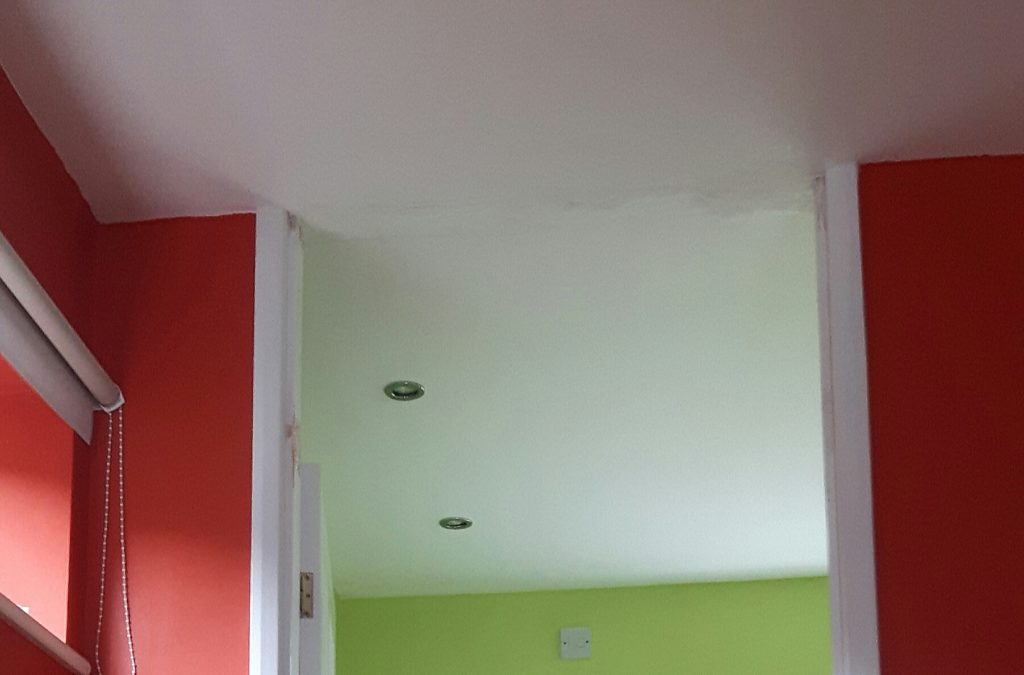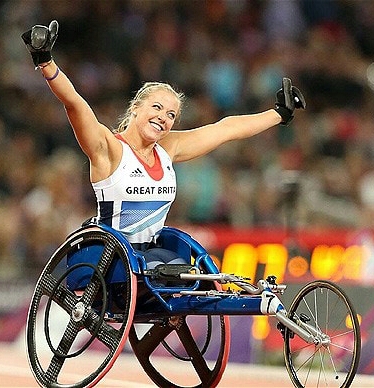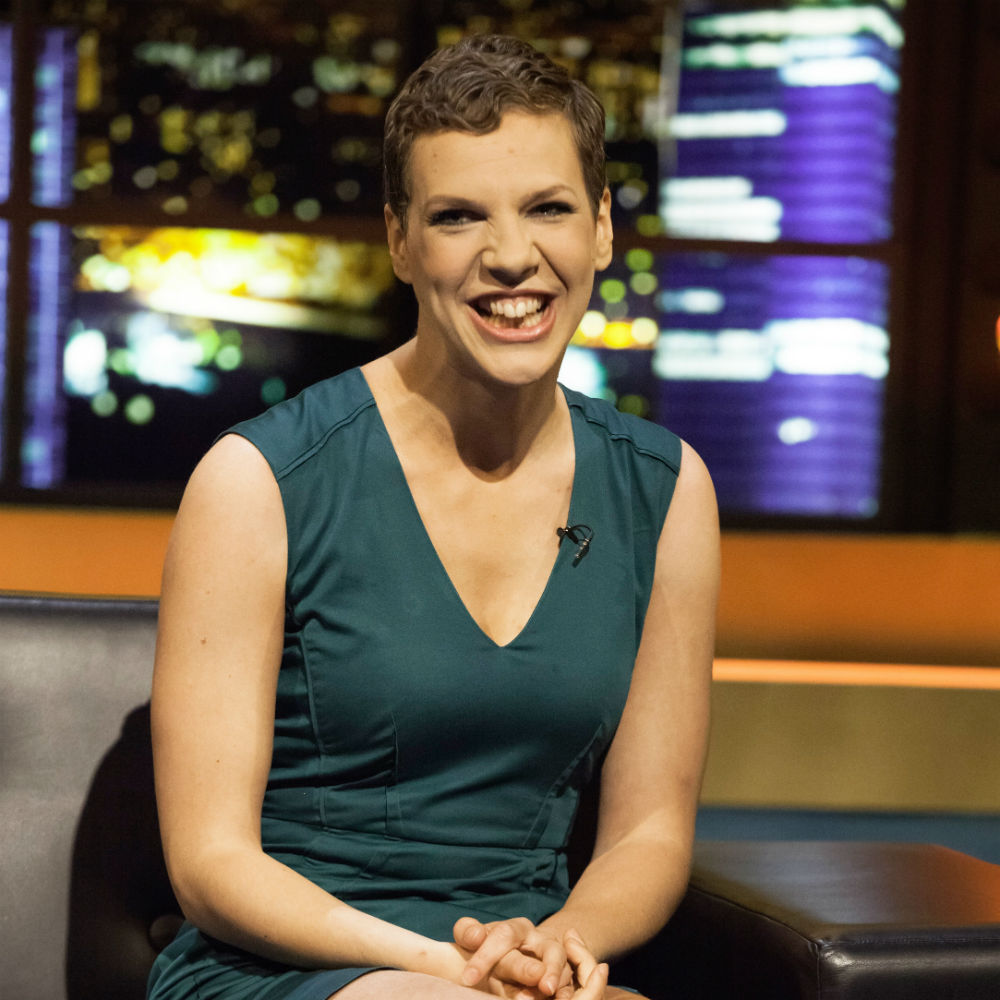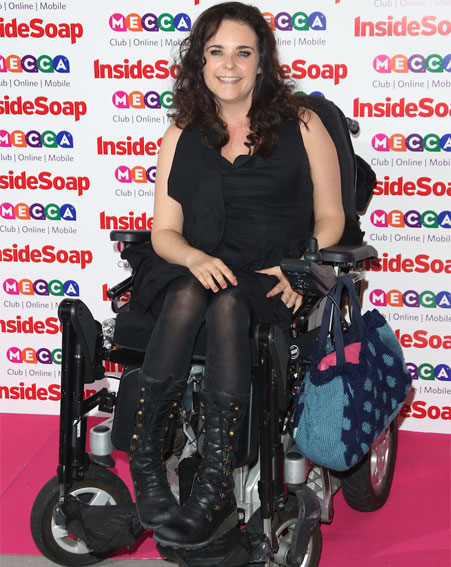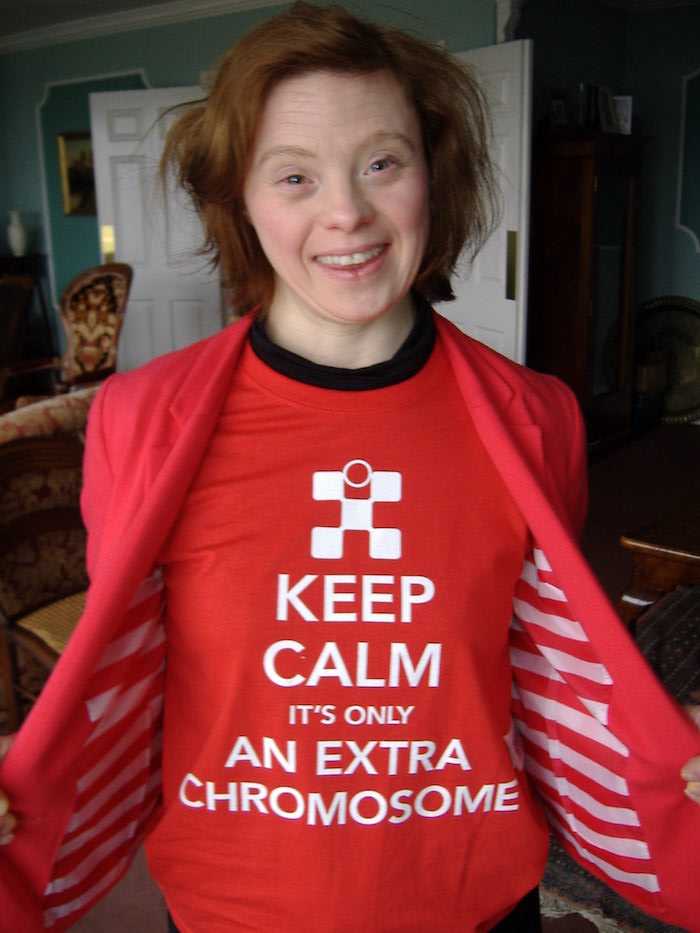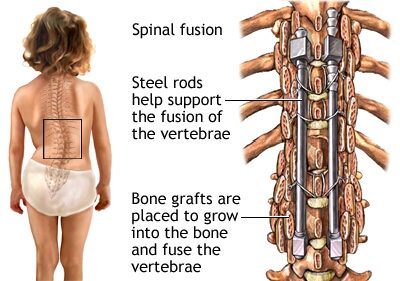About Me
– Disability blogger from the UK
– I have a rare, progressive condition: Ullrich congenital muscular dystrophy
– Born in 1988, with ‘floppiness’ and dislocated hips
– Slow rate of progression: I didn’t start to walk until 19 months of age. Prior to that, I ‘bum-shuffled’
– Able to walk very short distances, wearing custom-made leg splints, until age 10
– Fell over a lot as a child
– Never able to walk up or down steps or stairs
– I am now completely non-ambulant and use a powered wheelchair
– Contractures in all joints (knees, hips, elbows, wrists)
– Severe ‘S’ shaped scoliosis (curvature of the spine), which has not been surgically corrected
– Education: I attended mainstream school, then continued onto college (A-Levels) and later university, completing a degree in Art & English Literature
Diagnosis
Learning your child has a neuromuscular condition can, of course, be distressing and concerning.
In some cases, there may be a family history of the condition, whereas for others, like me, it could appear completely ‘out of the blue’.
I am the only member of my family with any form of muscle-wasting condition.
So, when I was diagnosed with congenital muscular dystrophy, aged 4, following a muscle biopsy, my parents were venturing into the unknown.
It was 1992. There was no Internet, no Google, and no one to relate to.
For us, muscular dystrophy was new and unheard of.
How and When to Tell Your Child
It may be beneficial to talk to other parents of children with a similar condition. If this is something you think might be helpful, ask your care advisor or neuromuscular consultant.
There is no right or wrong answer! Only you can decide what is best for your child.
It is important to consider siblings, as they should be included in any discussions you have as a family. However, I would strongly advise against telling siblings more about the condition than the affected child. Any information you choose to share with your children should (in my opinion) be fair and equal, regardless of age gaps.
When deciding if, when and how to tell your child of their diagnosis, consider:
– Their age
– Their own awareness of their disability – Emotional maturity
– Your ability to fully answer any questions they might have
From my personal perspective, I recommend an open and honest policy from the very beginning.
I received a diagnosis of congenital muscular dystrophy at age 4. This was specified as Ullrich CMD many years later.
I was always aware of my disability and limitations. I recognised that I was different from my peers – unable to walk, run and climb steps. I also looked different – I was very thin as a child, had joint contractures and scoliosis, causing asymmetry of the torso.
My parents told my siblings and I of the term muscular dystrophy, meaning that my muscles are much weaker than those of other children. At that stage, this was all the information I needed.
For many years, when other children would ask the inevitable question, “what’s wrong with you?”
I would simply answer, “I’ve got muscular dystrophy, so I can’t walk like you”.
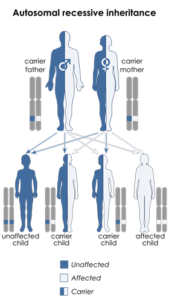
Infancy
– Do your research: These days, there are many reliable resources of information. Ask medical professionals including consultants, physiotherapists and occupational therapists. I also recommend reaching out to those directly affected, such as other parents and adults with muscle-wasting conditions. Try social media and search for groups to join.
– Always trust your instincts! Aware of my delayed progression as a baby, my mother sought medical help and was told she was an “over-reactive mother”. Thankfully, she persisted and met with a neuromuscular specialist, who almost immediately identified my condition.
Starting School
– Starting school can be daunting for any child. But for a child with muscular dystrophy, this transition can be even more challenging.
– There is no reason why a child with a muscle-wasting condition shouldn’t attend mainstream school. However, you must consider your child as an individual and decide whether or not you feel this would be best for them. Indeed, your child may have a preference. Some may elect to attend a school for special educational needs.
– I suggest making several visits to shortlisted nurseries or schools. Check all areas for accessibility. Meet with staff and the SEN team.
– It is essential to ensure staff are fully aware of your child’s needs and abilities. Meet with the special educational needs co-ordinator (SENCo) well in advance. If possible, meet and introduce your child to teachers and support assistants. This will help them feel more at ease when their first day of school arrives.
– Ask your child’s physiotherapist and/or occupational therapist to visit the school and meet with staff to share their knowledge and expertise.
– Be positive, be optimistic, be encouraging. BUT don’t make promises you can’t keep: As your child grows and interacts with other children, they will become increasingly aware of their differences. They may ask why they can’t stand, walk or run like their friends. Furthermore, if your child has a progressive form of muscular dystrophy, they may wonder if their symptoms will get worse as they get older.
I was able to walk short distances until the age of 10. We were never given any information or guidance. We weren’t advised if or when my ability to walk would come to an end. I would therefore often ask my parents, “will I always be able to walk or will I have to use a wheelchair?”
I appreciate why many parents may be reluctant to overshare and reveal what the future may hold, for fear of scaring their child. However, I feel it is important to be open and honest. If you’re unable to answer their queries, say so.
Knowledge and preparation is power!
Teen Years
– For most children with muscular dystrophy, the biggest changes occur during puberty.
– Growth puts extra strain on weakening muscles.
– If able to weight-bear, your child could lose this ability resulting in the need for a wheelchair.
– It is likely your child will accept and embrace mobility aids and equipment more than you. Children are very adaptable. For me personally, using a wheelchair was a great relief. A wheelchair offers mobility and freedom.
– Growth also leads to contractures. Regular physiotherapy helps to maintain flexibility and movement.
– If untreated, spinal curvature (scoliosis) will progress, resulting in asymmetry of the torso, a tilted pelvis, pressure sores and discomfort.
– Scoliosis, along with muscle deterioration, impacts on respiratory function. If your child feels overly tired, naps during the day, or experiences regular headaches, particularly on first waking, you must see a specialist respiratory consultant. It might be necessary to introduce nocturnal noninvasive ventilation.
– Noninvasive ventilation (NIV) comes in the form of either a CPAP or BiPAP machine (usually the latter).
– Bilevel positive airway pressure (BiPAP): a face mask is worn, and air is delivered from a machine through a tube to support breathing.
– Other respiratory equipment your teenager may benefit from, especially when ill: Nebuliser and cough assist machine (seek advice and information from your respiratory consultant and respiratory physiotherapist).
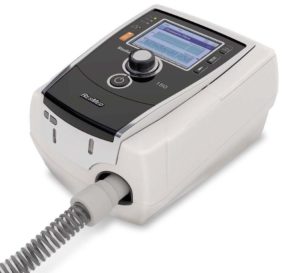

Other Family Members
Some forms of muscular dystrophy are inherited. This can obviously be a concern if relatives are planning families of their own.
A few years ago, my brother and his wife decided they wanted to have children. Because of my condition, they sought genetic counselling, taking with them a copy of my medical record.
It was determined that my brother is highly likely to be a carrier, while his wife is highly unlikely. Once pregnant, they were offered a test which involved inserting a needle into the developing embryo to ascertain if the baby would be born with muscular dystrophy. They decided against this due to the invasive nature of the procedure.
They now have two children. Neither have muscular dystrophy.
Accepting and Adapting
As a parent, it is natural for you to focus all your energy into your children. Raising a child with muscular dystrophy brings with it many more challenges. This can impact on your health and relationships. It is therefore crucial to take good care of yourself too.
Remember, it is okay to cry, scream and shout! I’m sorry to say, battles are never ending and you will need to fight for your child throughout their life.
It’s good to talk: whether you choose to confide in relatives, friends, fellow parents of disabled children, or healthcare professionals – don’t bottle up your feelings, concerns and frustrations. This will negatively affect the wellbeing of you and your family.
Make time for yourself:
“what time?!”, I hear you say.
I fully appreciate that caring for a disabled child is a full-time job. But you must seek some form of relief. Even if it is just meeting with friends once a week for coffee. You need space. Your child needs space too.
*Disclaimer* The purpose of this post is to offer support and advice from my personal perspective, having lived with Ullrich congenital muscular dystrophy for over 3 decades.
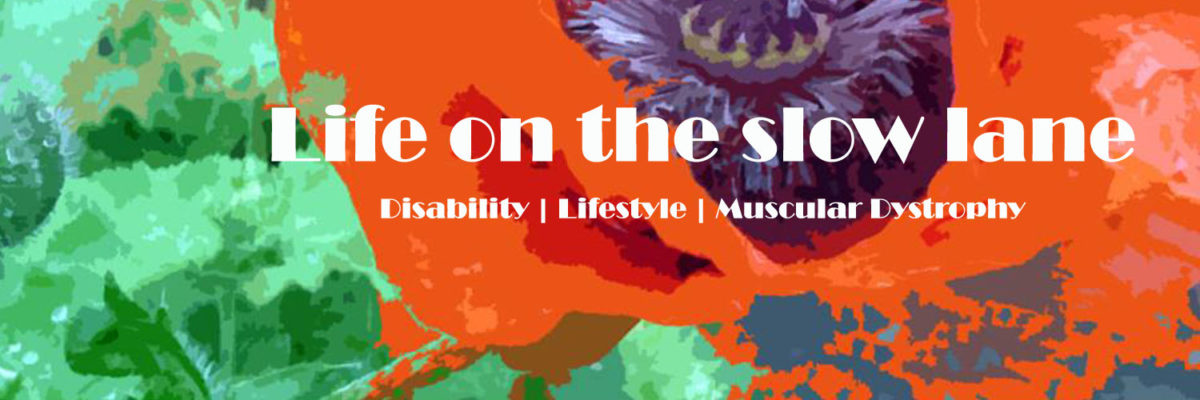
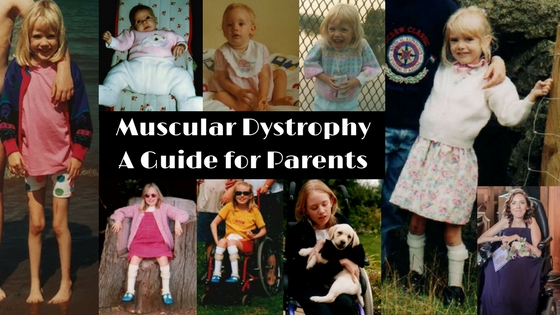




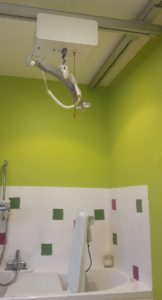





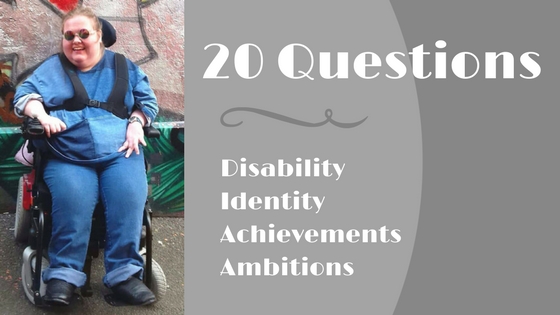


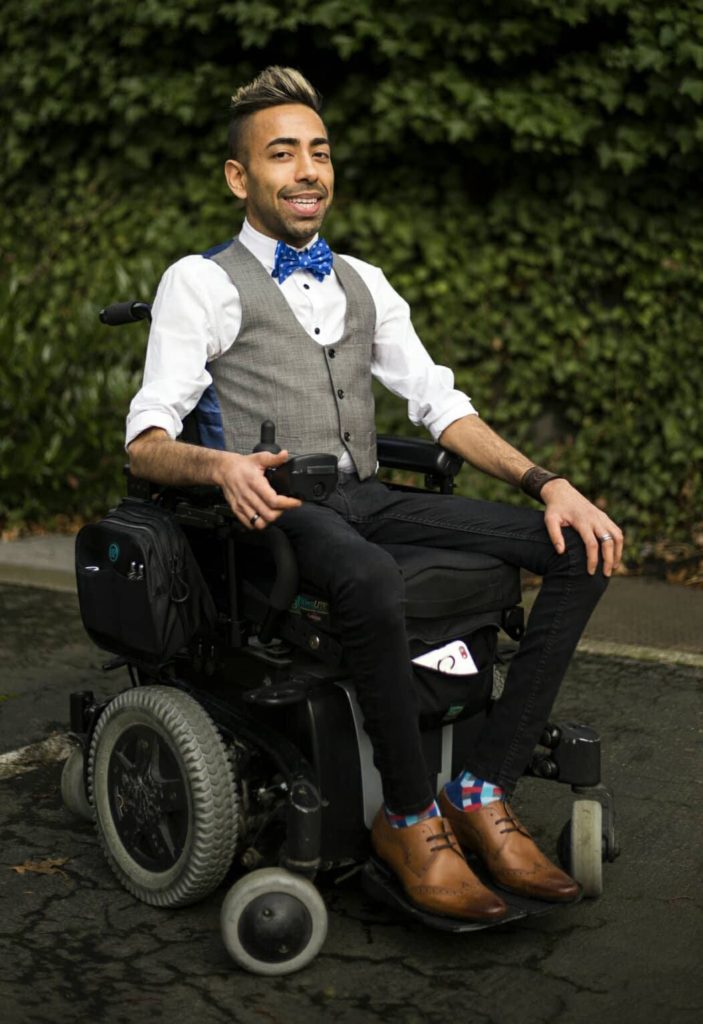


 Contacts –
Contacts – • I find smoothies and soups are an easy way to get your recommended allowance of vitamins and minerals. It’s really important to eat healthily to aid your bodies defence against all those coughs and colds circulating throughout the winter months. Remember: you are what you eat!
• I find smoothies and soups are an easy way to get your recommended allowance of vitamins and minerals. It’s really important to eat healthily to aid your bodies defence against all those coughs and colds circulating throughout the winter months. Remember: you are what you eat! • Top Foods: lemon, ginger, garlic, onion, kale, cinnamon, turmeric, honey, apple cider vinegar, grapes, natural yoghurt and chicken soup.
• Top Foods: lemon, ginger, garlic, onion, kale, cinnamon, turmeric, honey, apple cider vinegar, grapes, natural yoghurt and chicken soup.
